
Newsletter Subscribe
Enter your email address below and subscribe to our newsletter

Enter your email address below and subscribe to our newsletter
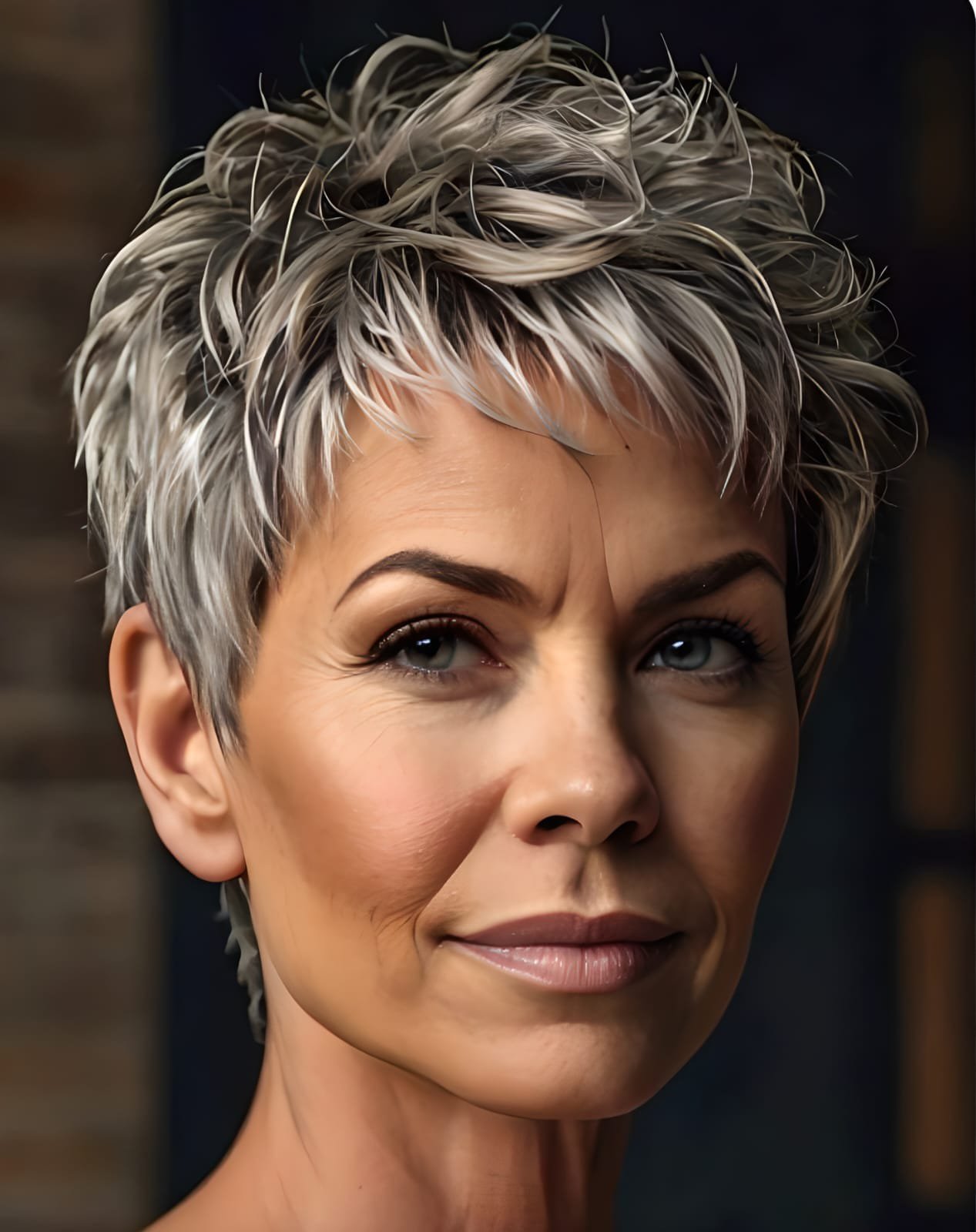
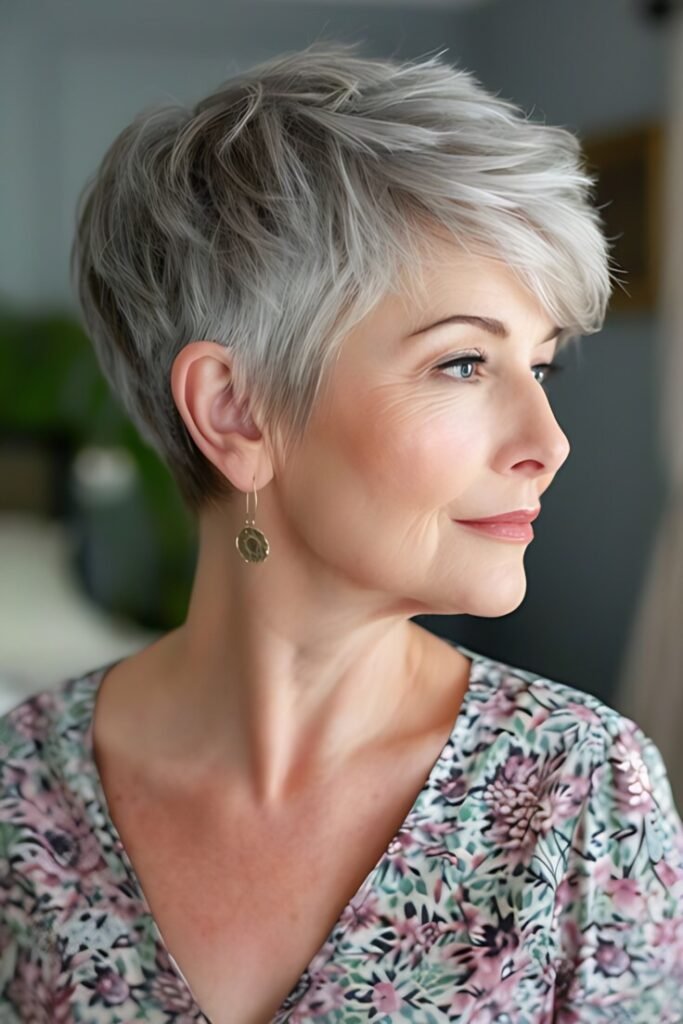
As women age, particularly after 50, hair thinning and loss become increasingly common concerns. While genetics, hormonal changes, and aging play significant roles, nutritional deficiencies—especially in key vitamins—can accelerate hair shedding and weaken hair structure. Understanding which vitamin deficiencies contribute to hair loss is crucial for maintaining healthy, vibrant hair well into your golden years.
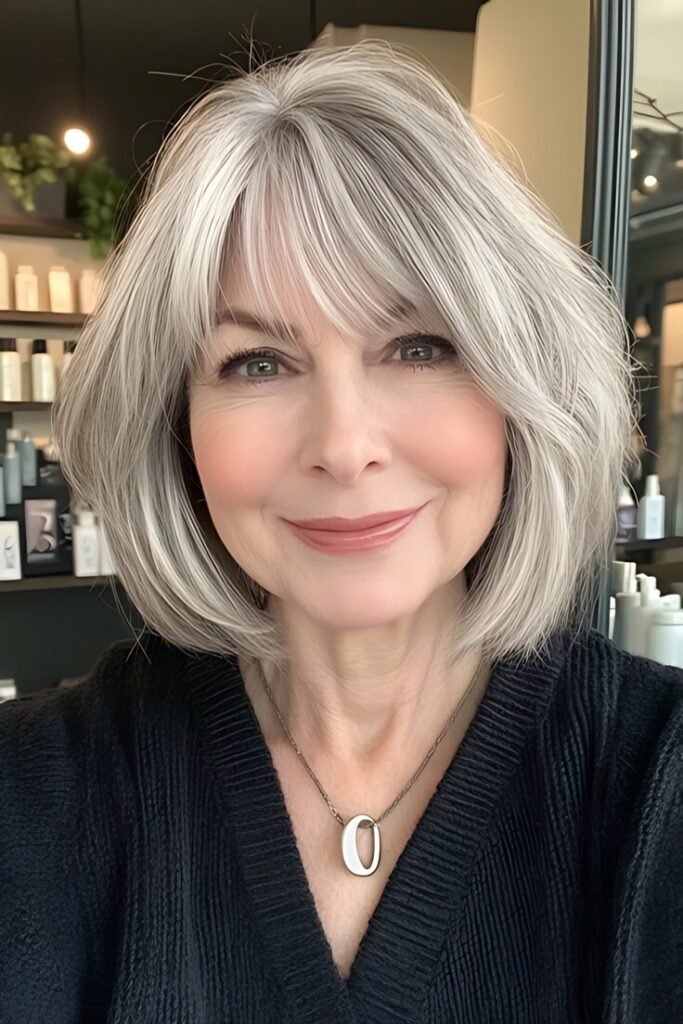
In this comprehensive guide, we’ll explore the essential vitamins that impact hair health, how deficiencies manifest, and the best ways to restore balance through diet and supplementation. Whether you’re noticing more strands in your brush or a visible reduction in volume, addressing these deficiencies can make a significant difference in hair regrowth and overall vitality.

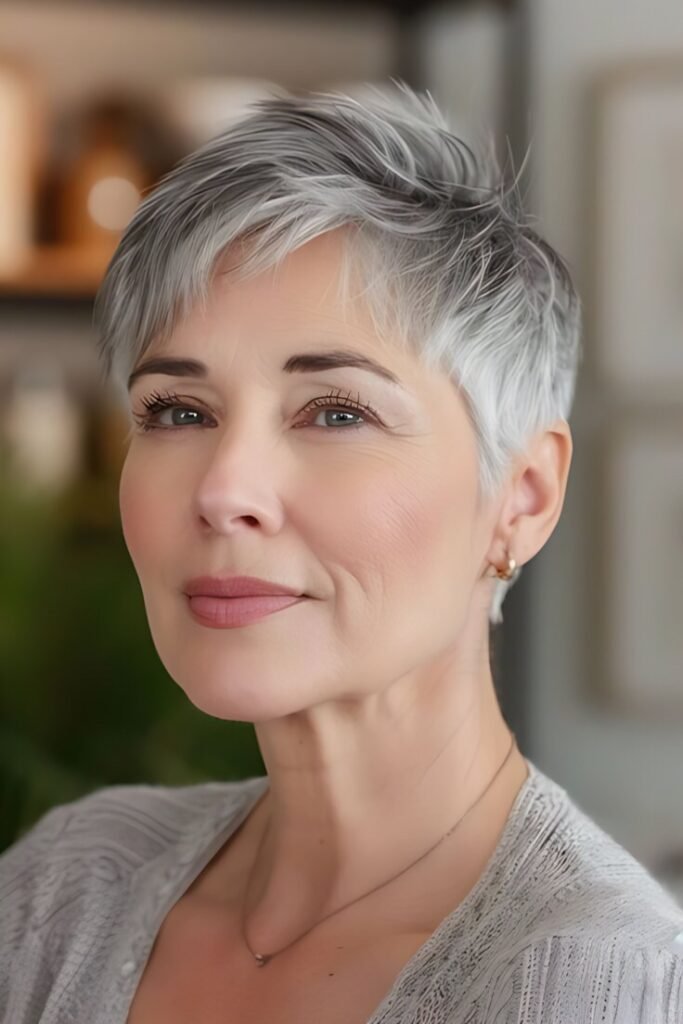


Hair follicles are among the most metabolically active structures in the body, requiring a steady supply of nutrients to sustain growth. When vitamin levels drop, the hair growth cycle—comprising the anagen (growth), catagen (transition), and telogen (resting) phases—can be disrupted. This leads to increased shedding, slower regrowth, and even changes in hair texture .
For women over 50, several factors exacerbate nutrient depletion:
Let’s dive into the specific vitamins that, when deficient, contribute most significantly to hair loss in women over 50.
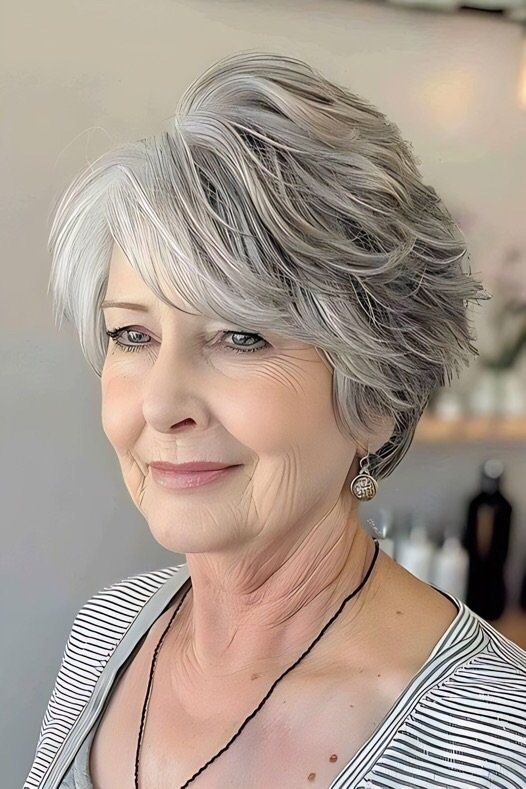
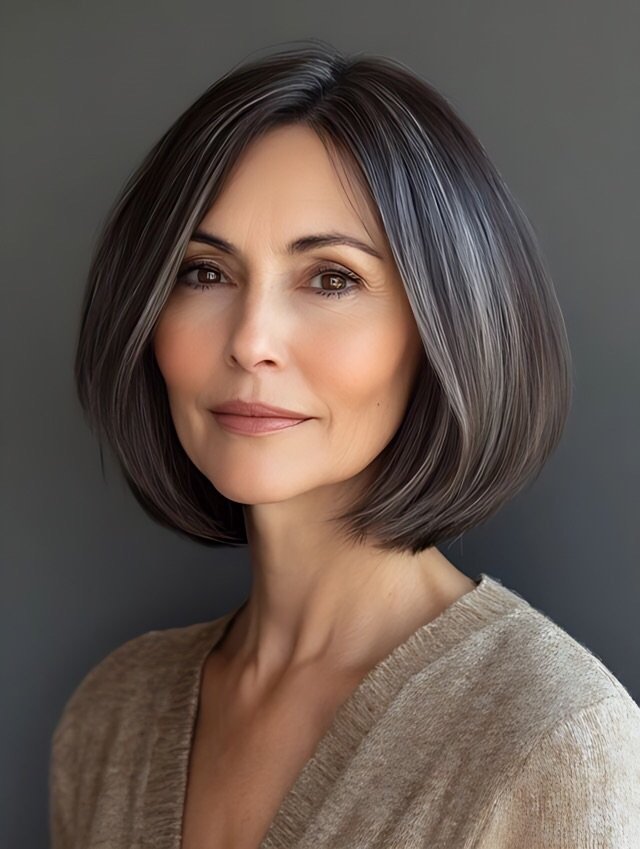
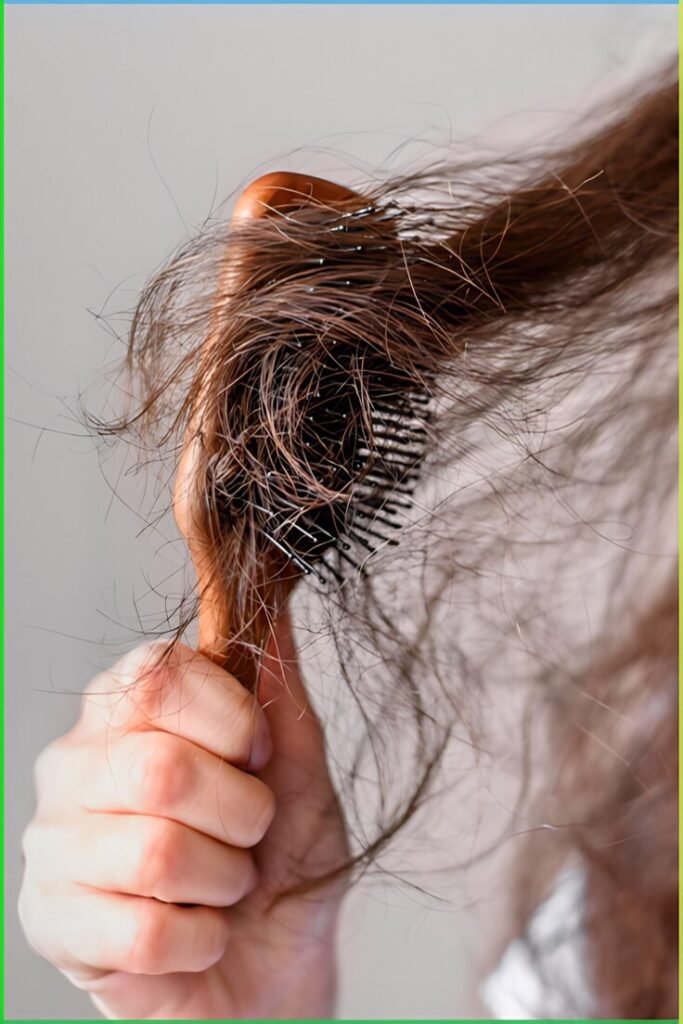
Vitamin D is crucial for activating hair follicle stem cells, ensuring new hair growth. Low levels are strongly linked to androgenetic alopecia (female pattern hair loss) and telogen effluvium (excessive shedding) .
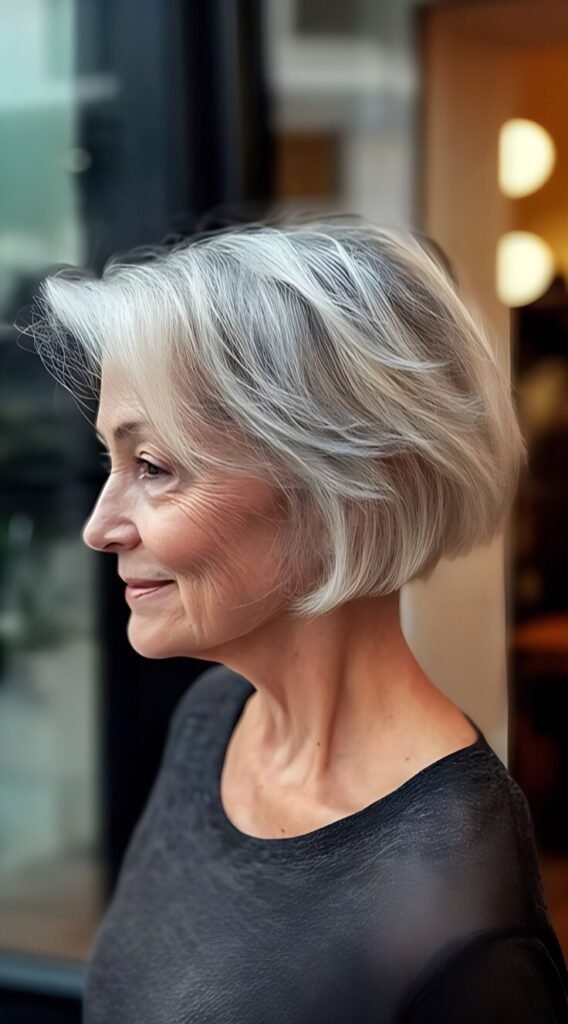


Iron deficiency is one of the most common causes of hair loss in women, especially post-menopause. Ferritin (stored iron) levels below 30 ng/mL can trigger chronic shedding by starving follicles of oxygen .
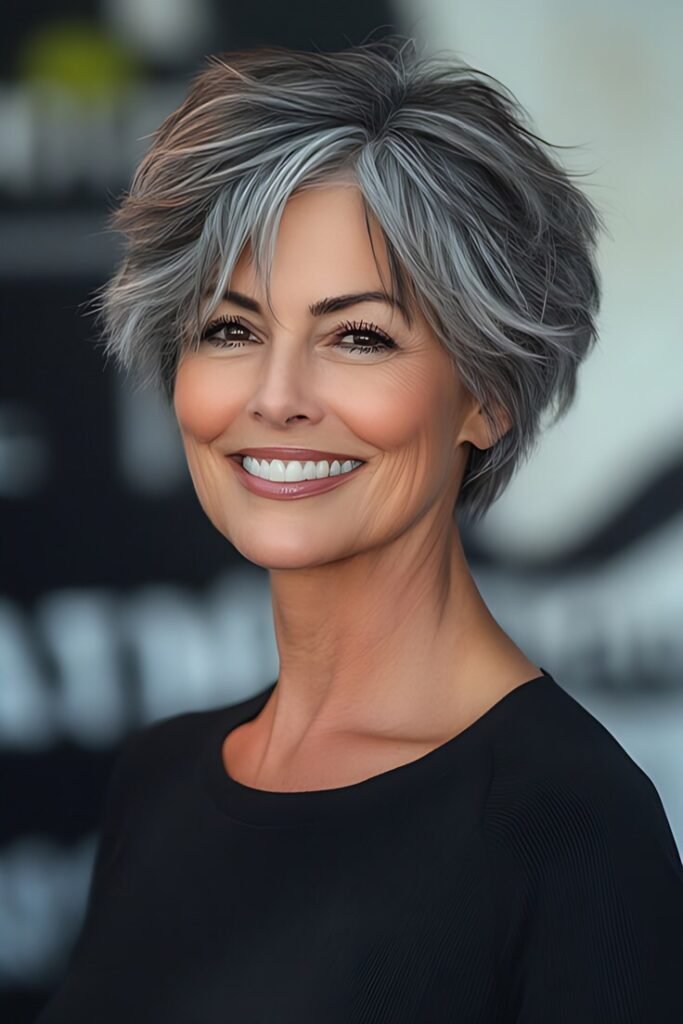
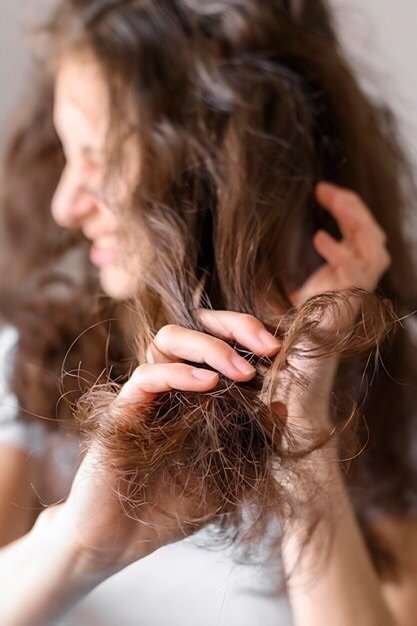
B vitamins (especially B7/Biotin, B12, and Folate) fuel keratin production, the protein that makes up hair. Deficiencies lead to weak, slow-growing strands .


Zinc supports hair follicle repair and regulates oil gland function. Low levels are tied to telogen effluvium and scalp inflammation .
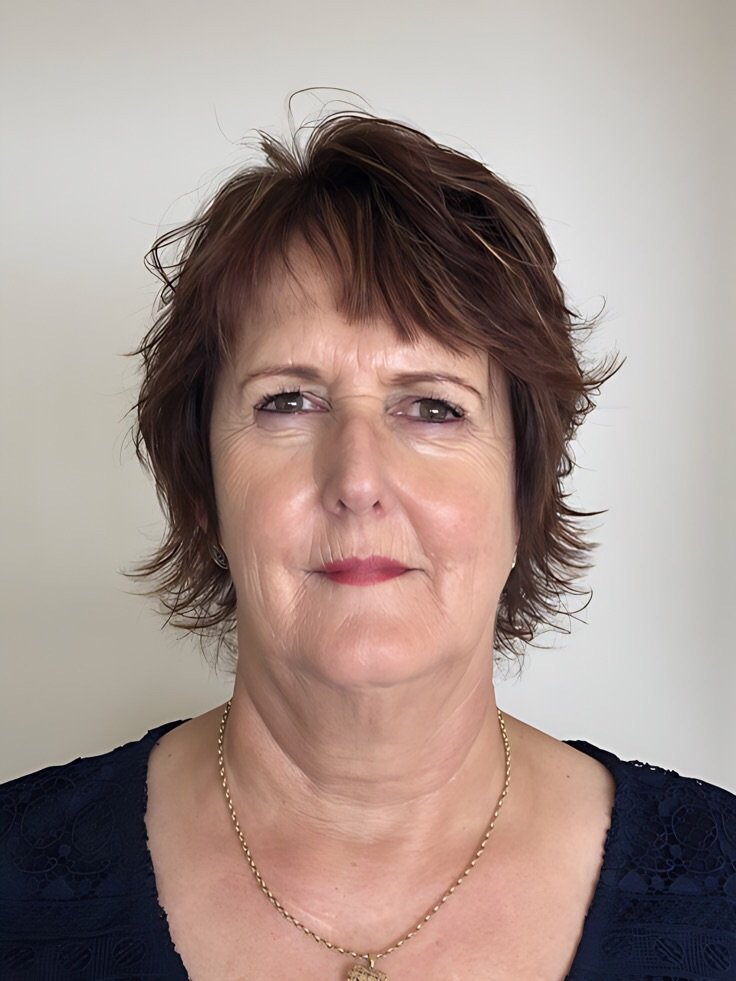
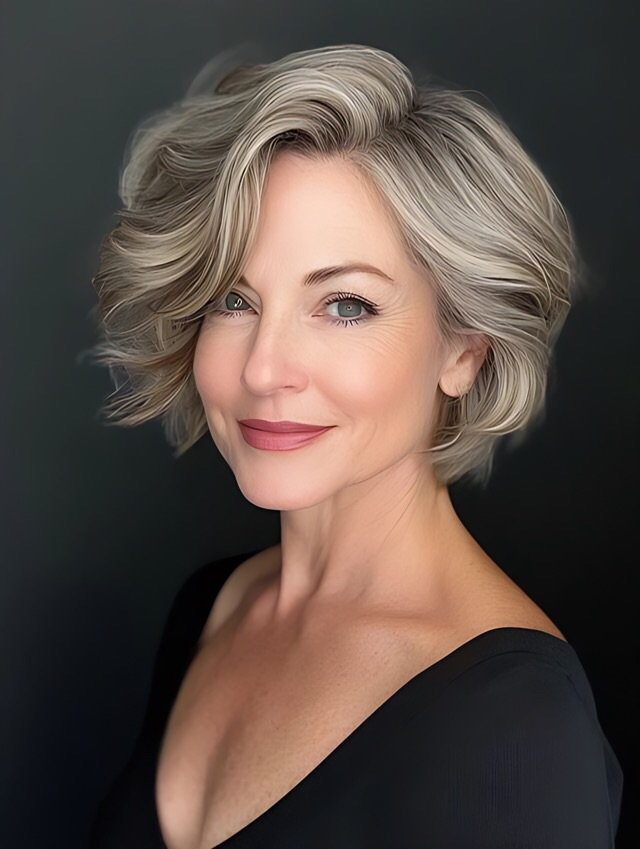
Vitamin E combats oxidative stress, which damages hair follicles and accelerates aging-related thinning .
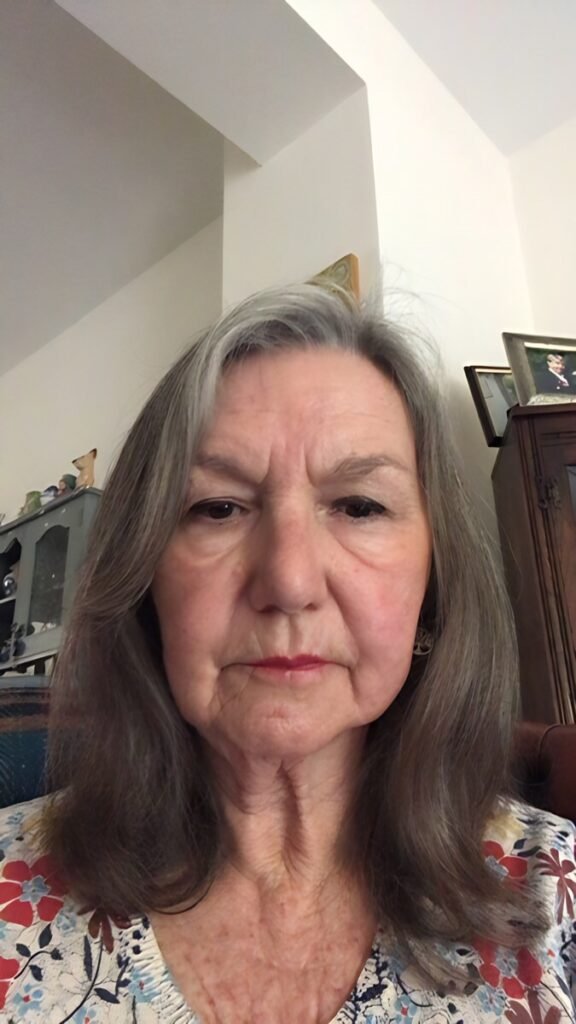
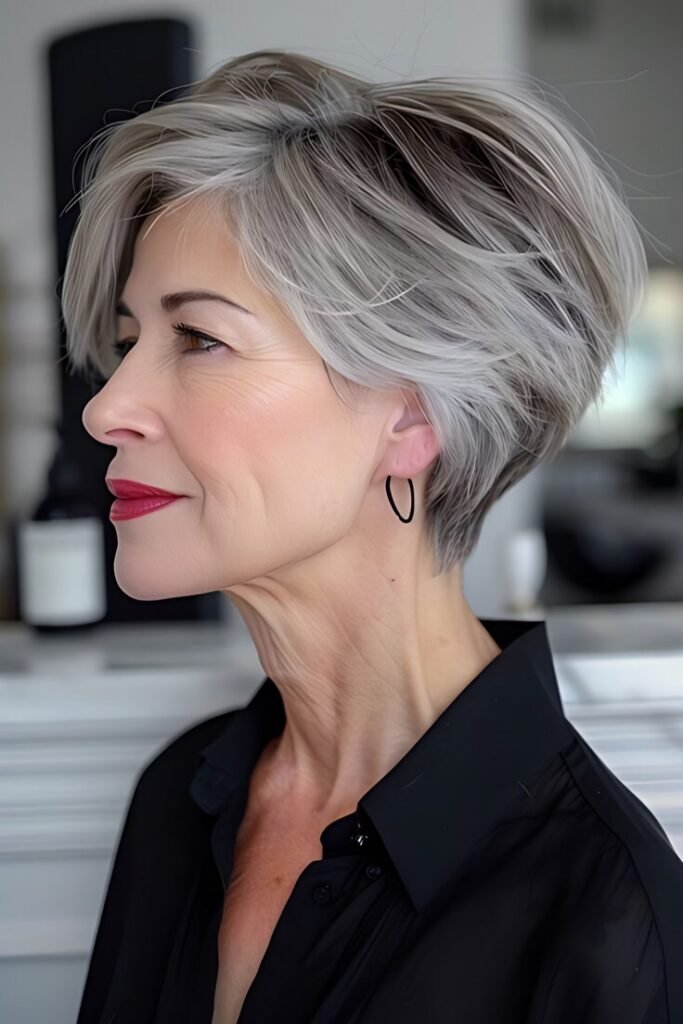
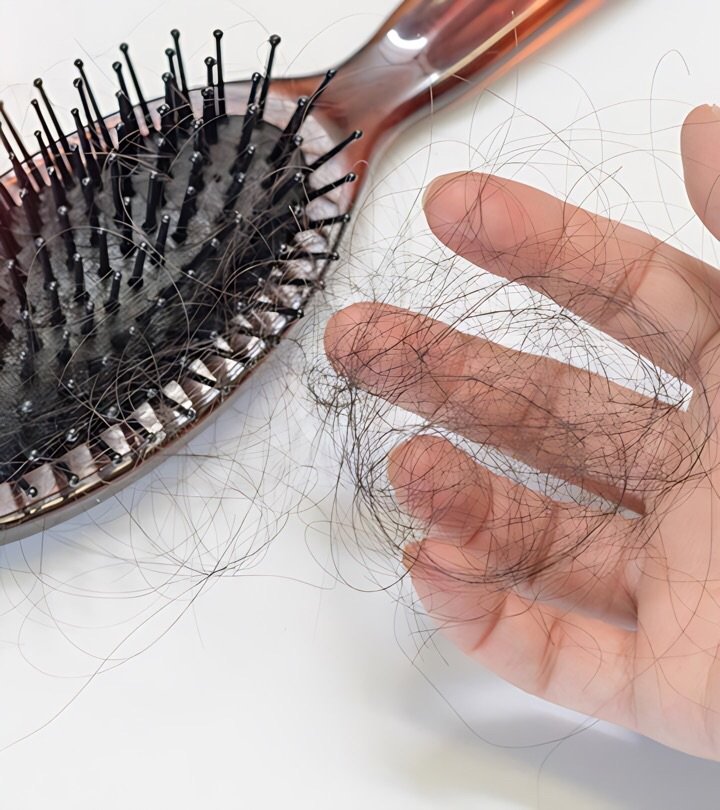
Hair loss in women over 50 is often a sign of underlying nutritional gaps. By addressing deficiencies in vitamin D, iron, B vitamins, zinc, and vitamin E, you can support stronger, healthier hair growth naturally. Combine a nutrient-rich diet with targeted supplementation, and give your hair the foundation it needs to thrive at any age.
For personalized advice, consult a dermatologist or nutritionist to tailor a plan to your unique needs. Your hair’s revival starts from within!
Would you like a deeper dive into any specific deficiency or additional lifestyle tips? Let me know in the comments!